Your Child Will Learn
How to measure weight with a simple balance scale
Here’s What to Do
- Make your hanger scale. Use scissors or a hole punch to make two small holes on opposite sides of the top of a plastic cup. Repeat with a second cup. Cut 4 strings to equal lengths, and tie one in each hole. Use each cup’s 2 strings to tie the cup to one end of a plastic clothes hanger.
- Hang your scale on a doorknob. Check to see if the two cups look balanced without anything in them.
- Choose small household objects and use the scale to measure which one is heavier.
- Can you balance the scale? Can your child find objects that weigh the exact same amount? Or, can they practice counting identical objects (like coins or blocks) and making both sides equal?
Put PEER Into Action
PAUSE
- Tell your child you’re going to measure weight like a scientist!
ENGAGE
- “What do you think weighs more, your race car or a fork? How will you use the scale to figure out which is heavier?”
- “If you wanted to try to balance the scale, to make both sides equal, how would you do that?”
ENCOURAGE
- “What happens if we weigh something like beans? Can you try counting and making it the same on both sides?”
- “The stuffed animal is bigger than the block, but the hanger is tilted towards the block. Why do you think that happened?”
REFLECT
- How did the scale help you figure out which objects were heavier or lighter?
Not Quite Ready
Use the scale with two objects that have very different weights. This may help your child more easily understand how to use a balance scale.
Ready for More
Ask your child to identify other tools used to measure weight, or other tools they could use to measure the same objects’ size.
As Your Child Masters This Skill
They will understand how to use a tool to compare the weight of objects.
Time to Complete
20 minutes
Materials Needed
For the scale: Plastic clothes hanger, string, scissors, 2 plastic cups. Household items to weigh.
